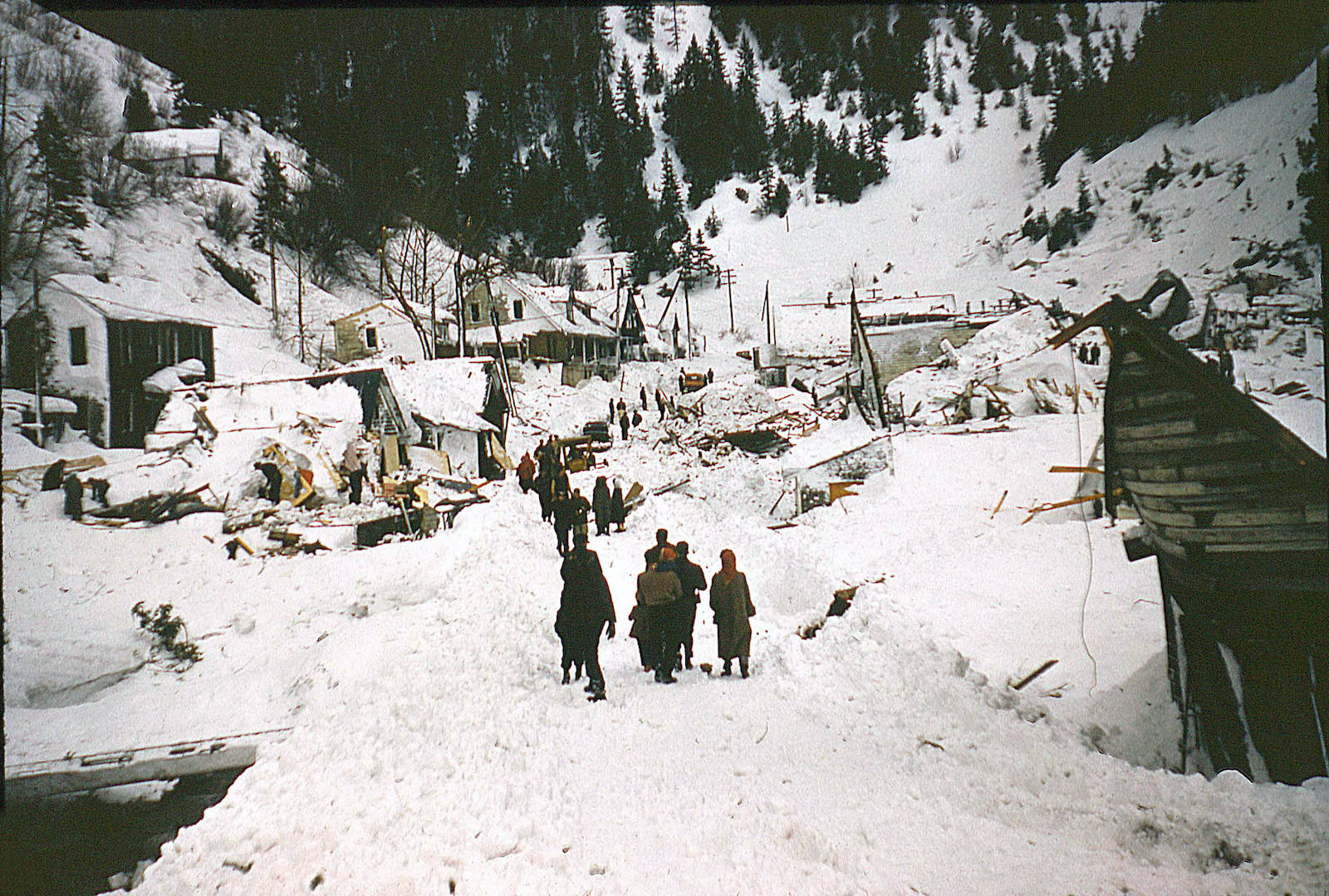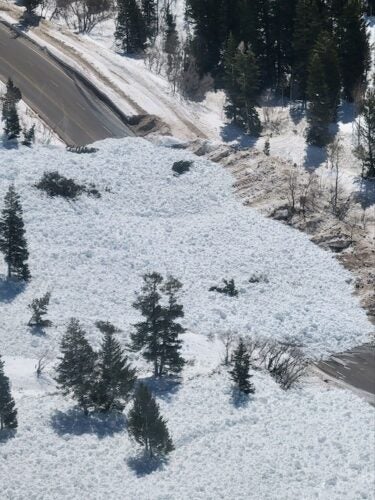
Beneath the audible soundscape of human life on Earth, our planet is creating a din of sound waves so low that no human can hear them. For a handful of innovative researchers at Boise State, these are sounds worth listening to.
The earth’s inaudible, infrasonic radiation can be an indicator to many phenomenon such as snow avalanches, and can be studied and predicted in new, deeper detail thanks to infrasound.
With sensors developed and built by Boise State faculty and students, these rumblings can be recorded and used to mitigate hazards.
An Ear to the Ground
The study of infrasound, or low frequency sounds below 20 Hz, dates back to the volcanic eruption of Krakatoa in Indonesia in 1883, which resulted in deadly tsunamis and an estimated 36,000 deaths. Infrasound study has taken off in the last decades and it has been an important area of study as it can be used to reveal processes and hazards occurring on Earths surface.
To ‘hear’ infrasound, specialized infrasound sensors, or infrasonic microphones, are required. Multiple sensors situated 30 to 50 feet apart act much like a human’s two ears, which enable a person to differentiate where a sound is coming from. The more sensors a researcher can place, the better they are able to triangulate the location of the sound’s source and spread.
Professor of Geophysics Jeffrey Johnson and Assistant Research Professor Jake Anderson have been creating and perfecting low-cost, lightweight, scientific-level sensors at Boise State with the help of students for years.
Analyzing Avalanches

An average field day finds Johnson and Anderson placing field sensors in locations like the Sawtooth Mountains of Idaho. These sensors have captured earthquake and aftershock activity in Idaho, and even the infrasound of the Hunga Tonga submarine volcano that erupted in 2022. The volcano is 5,800 miles from Boise, ID, which is more than two times the distance across the US at its widest point.
“Who would have thought that a volcano in the South Pacific would radiate sound waves that are here in Idaho?” Johnson said. “But with the right tool, we can listen to it.”
These sensors also capture the infrasound of avalanches, which are responsible for blocking access to entire communities, like Stanley, ID, every winter.
“There’s a lot of recreation that happens throughout Idaho in snow country. Avalanches kill people and they also impact transportation corridors. So the average winter enthusiast should be aware of the hazards that avalanches pose, and the work that’s being done by other groups at Boise State to understand snow stability, and how to avoid hazards and keep highways open,” Johnson said.
Boise State geophysics alumnus Scott Havens, the founder of Snowbound Solutions LLC, has been advancing infrasound research of avalanches since before he even graduated with his doctorate in geophysics. While at Boise State he built his first avalanche monitoring system to listen to avalanches along Highway 21 near Banner Summit. Now he uses them every day in his company to detect and monitor avalanches throughout the western US and New Zealand to inform and alert stakeholders of avalanche activity, such as departments of transportations.
“Folks are really getting interested in ‘What’s next?’, ‘What’s the new technology that they can add to their forecasting programs?’” Havens said. “Infrasound and detection really allow them to understand more about what’s happening at their location. A lot of times, avalanches are occurring when it’s dark or stormy and they can’t see them. Having the ability to see through all of that with infrasound allows them to basically have a better understanding of what’s happening, and get a clearer picture.”